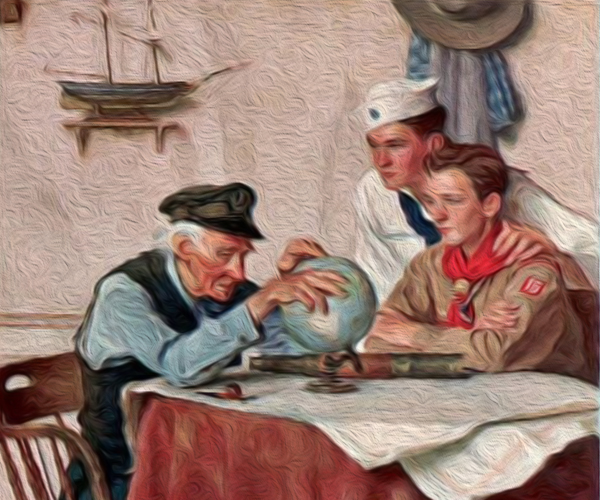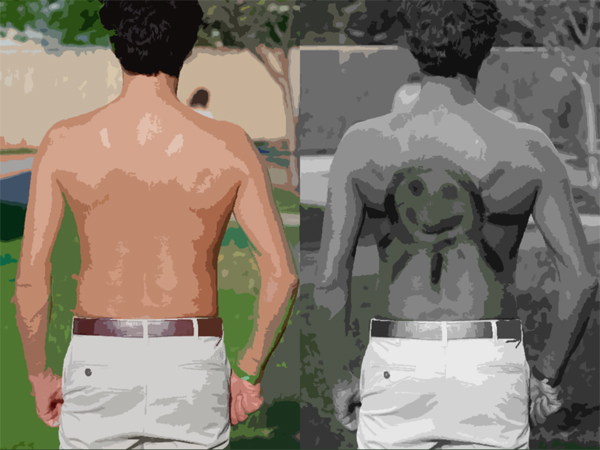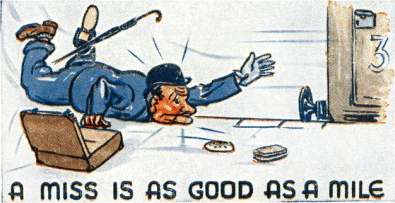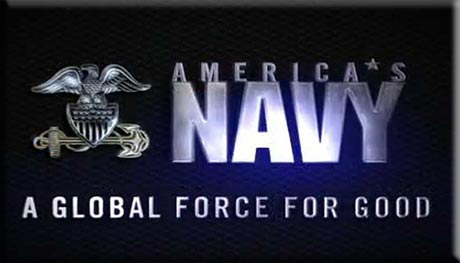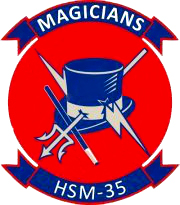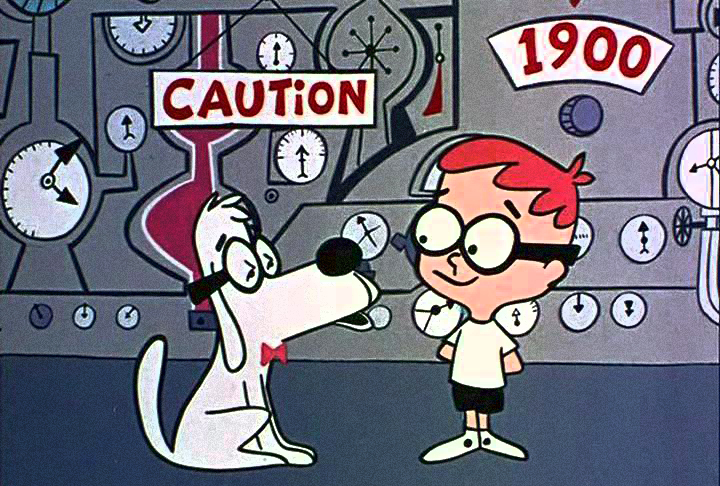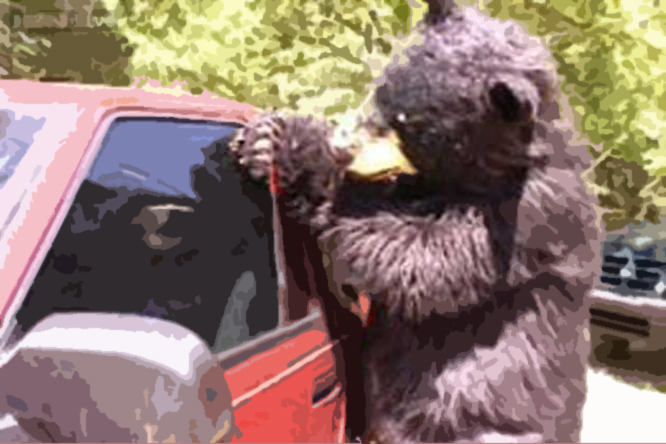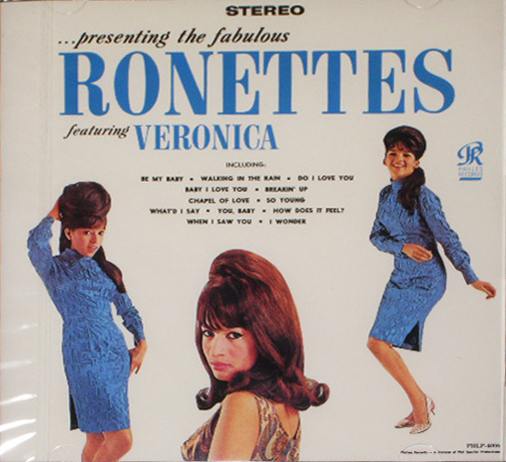
Columbus sets sail on August 03, 1492
Columbus sets sail: From the Spanish port of Palos, Italian explorer Christopher Columbus sets sail in command of three ships—the Santa Maria, the Pinta, and the Nina—on a journey to find a western sea route to China, India, and the fabled gold and spice islands of Asia.
On October 12, the expedition sighted land, probably Watling Island in the Bahamas, and went ashore the same day, claiming it for Spain. Later that month, Columbus sighted Cuba, which he thought was mainland China, and in December the expedition landed on Hispaniola, which Columbus thought might be Japan. He established a small colony there with 39 of his men. The explorer returned to Spain with gold, spices, and “Indian” captives in March 1493 and was received with the highest honors by the Spanish court. He was the first European to explore the Americas since the Vikings set up colonies in Greenland and Newfoundland in the 10th century.
During his lifetime, Columbus led a total of four expeditions to the New World, discovering various Caribbean islands, the Gulf of Mexico, and the South and Central American mainland, but never accomplished his original goal—a western ocean route to the great cities of Asia. Columbus died in Spain in 1506 without realizing the great scope of what he did achieve: He had discovered for Europe the New World, whose riches over the next century would help make Spain the wealthiest and most powerful nation on earth.
History Channel / Wikipedia / Encyclopedia Britannica /Biography / Library of Congress / Mariners Museum.org


The Old Salt’s Corner
“Sea Dreams” (Part II)
“Forgive! How many will say, “forgive”, and find
A sort of absolution in the sound
To hate a little longer! No; the sin
That neither God nor man can well forgive,
Hypocrisy, I saw it in him at once.
Is it so true that second thoughts are best?
Not first, and third, which are a riper first?
Too ripe, too late! they come too late for use.
Ah love, there surely lives in man and beast
Something divine to warn them of their foes:
And such a sense, when first I fronted him,
Said, “trust him not;” but after, when I came
To know him more, I lost it, knew him less;
Fought with what seem'd my own uncharity;
Sat at his table; drank his costly wines;
Made more and more allowance for his talk;
Went further, fool! and trusted him with all,
All my poor scrapings from a dozen years
Of dust and deskwork: there is no such mine,
None; but a gulf of ruin, swallowing gold,
Not making.
Ruin'd! ruin'd! the sea roars
Ruin: a fearful night!”
“Not fearful; fair,”
Said the good wife, “if every star in heaven
Can make it fair: you do but bear the tide.
Had you ill dreams?”
“O yes,” he said, “I dream'd
Of such a tide swelling toward the land,
And I from out the boundless outer deep
Swept with it to the shore, and enter'd one
Of those dark caves that run beneath the cliffs.
I thought the motion of the boundless deep
Bore through the cave, and I was heaved upon it
In darkness: then I saw one lovely star
Larger and larger.
“What a world”, I thought,
“To live in!” but in moving I found
Only the landward exit of the cave,
Bright with the sun upon the stream beyond:
And near the light a giant woman sat,
All over earthy, like a piece of earth,
A pickaxe in her hand: then out I slipt
Into a land all of sun and blossom, trees
As high as heaven, and every bird that sings:
And here the night-light flickering in my eyes
Awoke me.”
“That was then your dream,” she said,
“Not sad, but sweet.”
~ Alfred, Lord Tennyson (Part II of VI)
Full Poem



